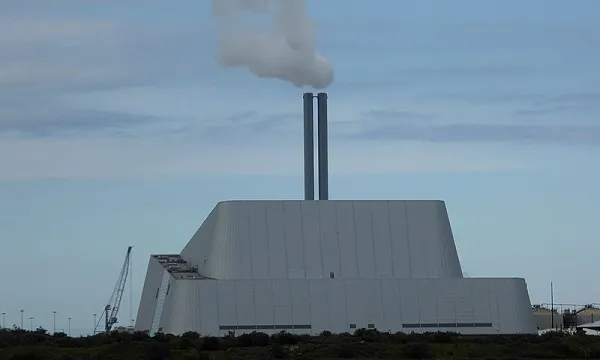
India allots $55m for municipal solid-waste based projects
The guidelines were revised to promote biomass gasifiers.
India’s Ministry of New and Renewable Energy (MNRE) has set aside a sum of $55m (₹4b) for the central financial assistance (CFA) of municipal solid waste-based projects with a target of 200 MW, Mercom India reported.
The ministry is including municipal solid waste (MSW)-based projects in a revised guidelines for its waste-to-energy programme, based on a clarification by the Department of Expenditure.
In 2018, the CFA of $11.37m (₹780m) was slated to be released for biogas, bio-CNG, enriched biogas power, and biomass gasifier projects under the programme from 2017-18 to 2019-20.
The government has now approved a grant of $65.43m (₹4.8b) and has set a target of 257 MW for the remaining period of 2019-20.
The guidelines have also been revised to promote biomass gasifiers for feeding power into the grid or to meet the captive and thermal needs of rice mills and other industries and villages.
Those projects, which are based on bio-methanation of any biodegradable waste, will be eligible for the central financial assistance. The CFA will be provided in the form of capital subsidy and grants-in-aid.
However, biogas generation projects based on distillery effluents or wastes from fossil fuels and waste heat will not be eligible for the CFA. For combustion-based projects, mixing other waste of renewable nature of up to 25% of the total waste used may be permitted, but mixing fossil fuels will not be allowed in any case.
There will be no cap on the capacity of projects supported under the programme, although biogas projects based on agro-based industrial residues of up to 250 kW capacity for power generation and up to 2500 m3 capacity will not be eligible. However, biomass gasifier projects of any capacity will be allowed.
The waste-to-energy programme aims to set up projects for biogas or bio-CNG or power from urban, industrial and agricultural waste and captive power and thermal use, as well as to meet captive power, thermal and vehicular fuel requirements.
Photo by Metro Centric, taken from Wikimedia Commons



















 Advertise
Advertise







